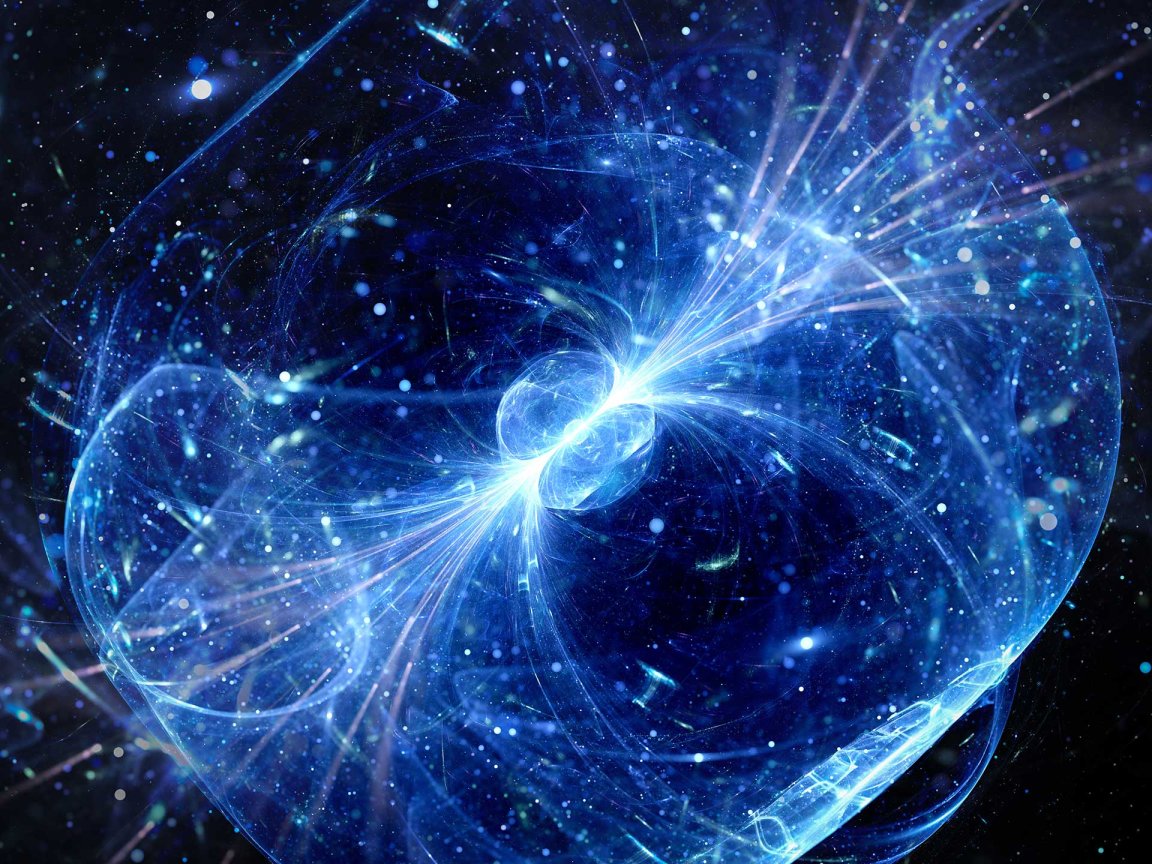
Entirely New Discoveries
In a world of quantum oddities, the phenomenon of indistinguishability, the impossibility of distinguishing between two quantum particles, remains notable. Superposition is one of the underlying causes of indistinguishability because there is no sure way to lock down an exact position of a quantum particle. This, in turn, makes it impossible to know which particle is which when two quantum particles interact in the same place. This leads to exotic particle behaviors, especially at low temperatures. Under those conditions, behavioral qualities of particles can resemble each other closely, causing phenomena such as Bose-Einstein condensates and superfluidity.
Chemistry, though, requires relatively high temperatures, which cause most substances to shed their quantum properties. This is why indistinguishable physics and chemistry have traditionally been approached as if they were completely distinct, allowing chemists to ignore the effects of quantum indistinguishability with confidence. However, University of California Santa Barbara researchers Matthew Fisher and Leo Radzihovsky are turning the field of chemistry on its head, proving this confidence has been misplaced.
The pair has now demonstrated for the first time that even at ordinary temperatures, quantum indistinguishability plays a significant role in some chemical processes. This means that indistinguishability most likely causes entirely new chemical phenomena such as isotope separation, and may also give better explanations for poorly understood phenomena such as reactive oxygen species and their enhanced chemical activity. The quantum coherence of atomic nuclei is of particular interest to the team.

The Central Science, Upended
Things like spin-isomers and symmetry are important in chemistry because many reactions depend upon molecules being able to fit together precisely. Fisher and Radzihovsky have demonstrated that quantum indistinguishability changes the way molecules fit together, then quantum indistinguishability prevents reactions that don’t achieve symmetry between nuclei. They’ve also shown that para molecules with their greater range of possible symmetrical matches are necessarily more reactive than ortho molecules.
This research will have a major impact on enzymatic catalysis. Hydrogen, for example, is subject to the influence of quantum indistinguishability and is also central to the work of many enzymes. This is easier to predict than to test, however, since it is difficult to separate ortho- and para-versions of molecules.
Fisher and Radzihovsky also believe quantum indistinguishability will influence isotope fractionation by providing it with a new mechanism, and offer insight into reactive oxygen species and their enhanced chemical activity, not to mention biochemical molecules in general. Testing these predictions may be an uphill battle, but understanding some of the most critical and subtle phenomena in chemistry will be a worthwhile payoff.